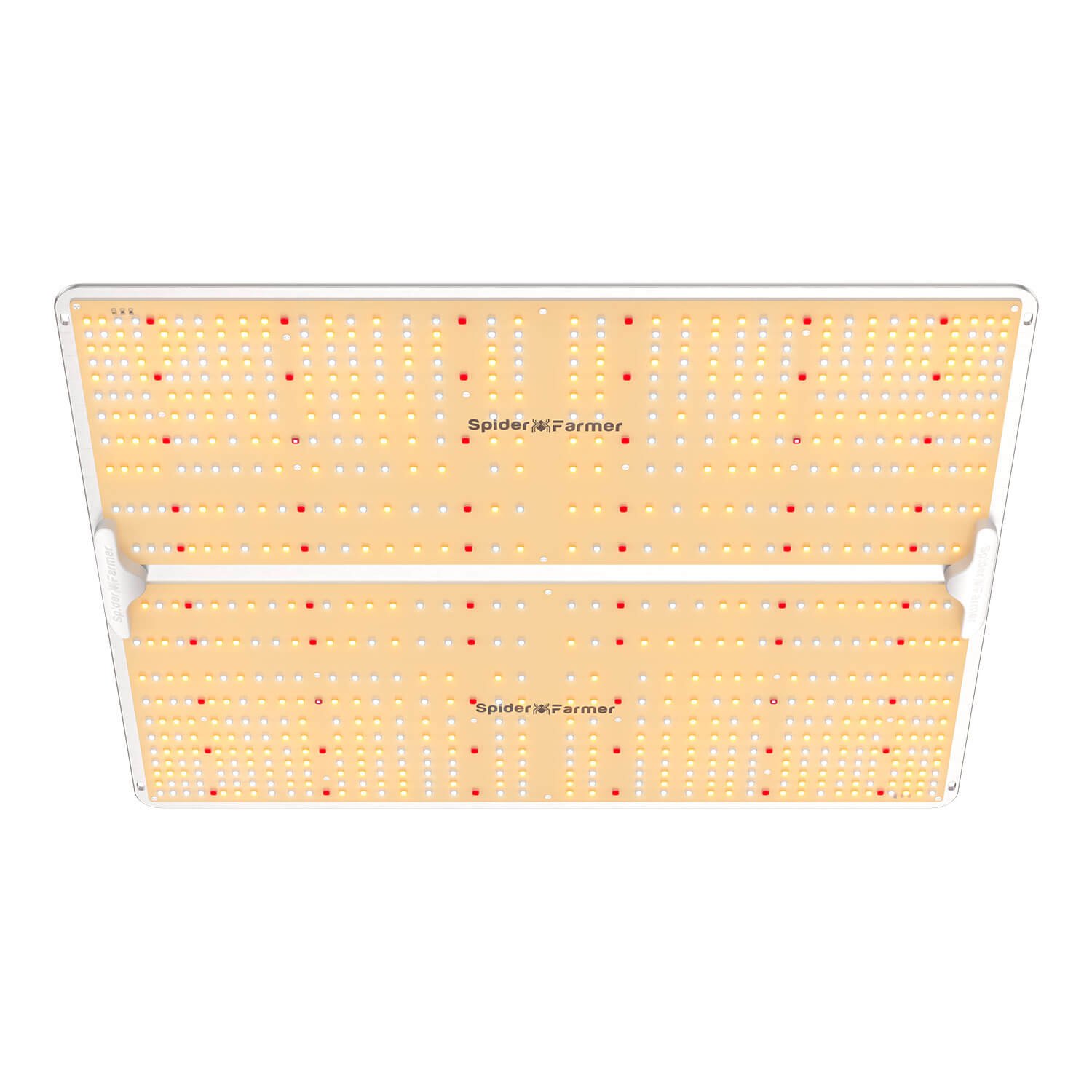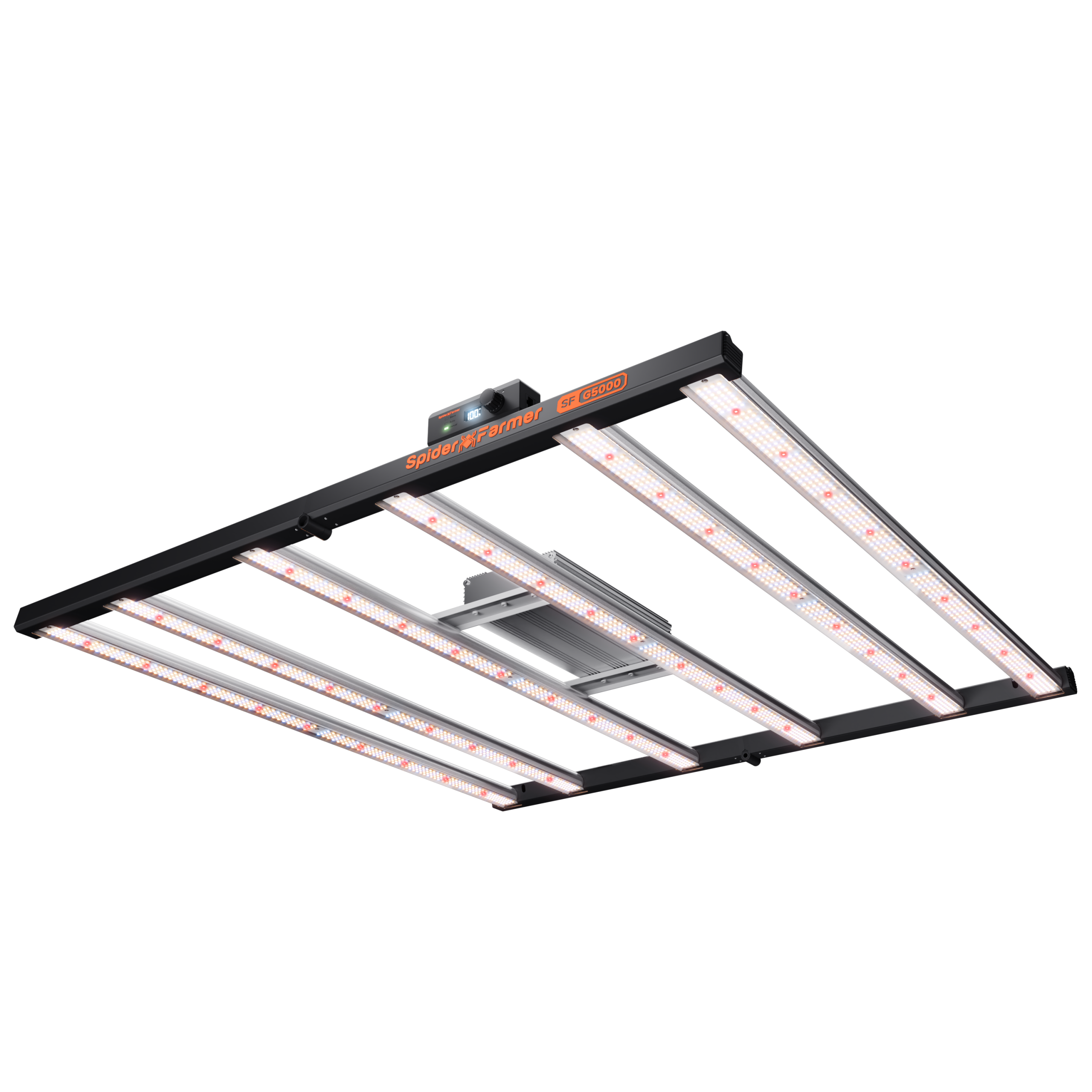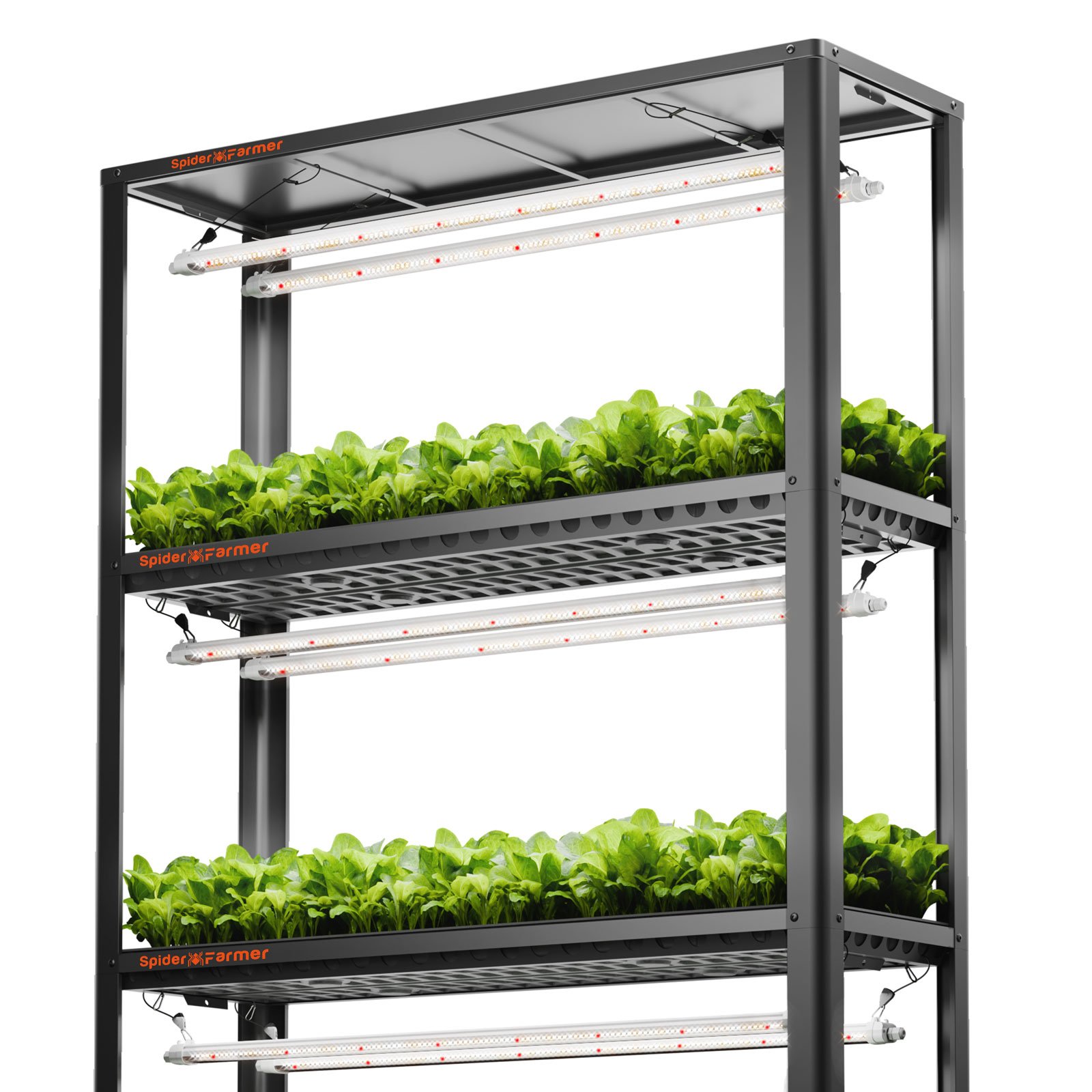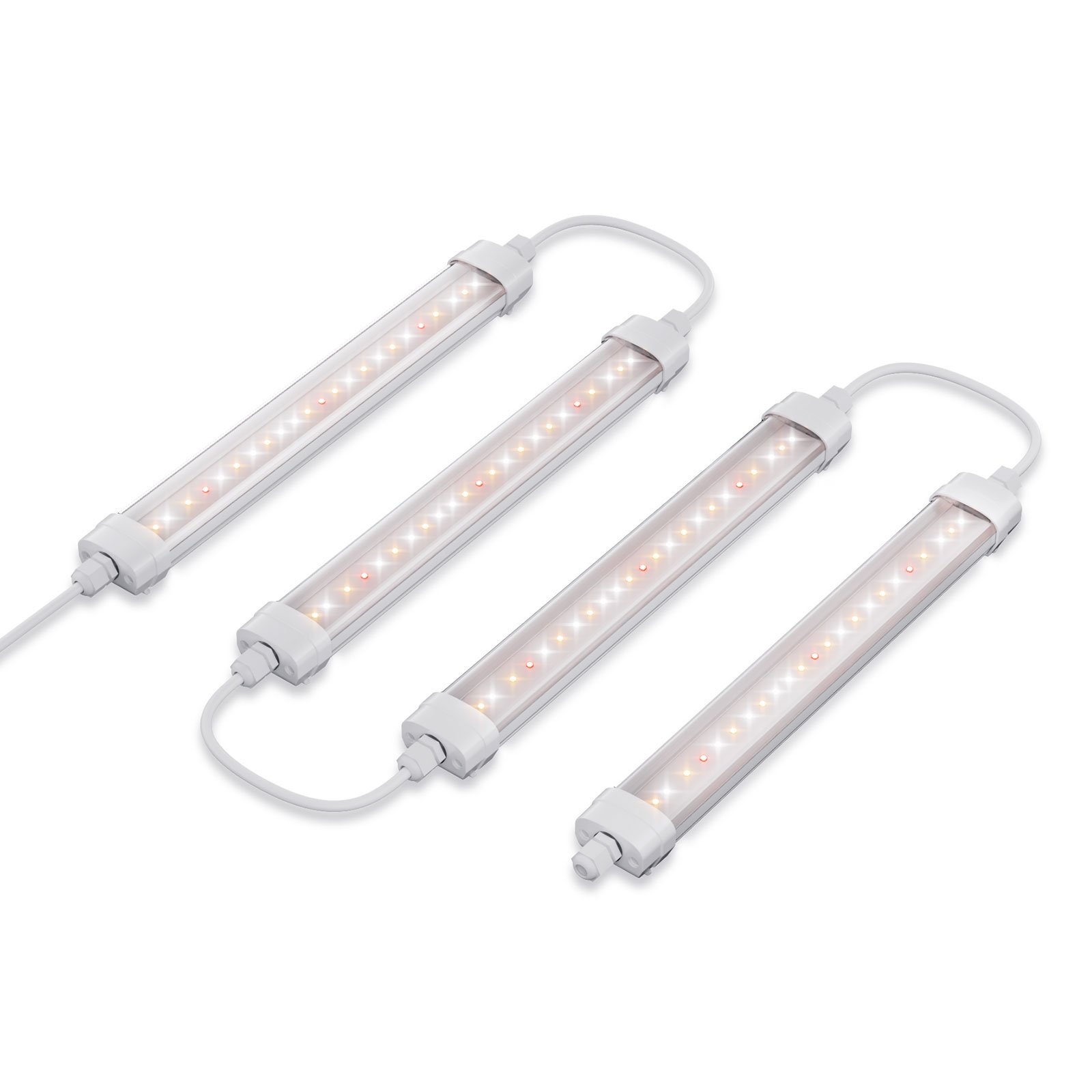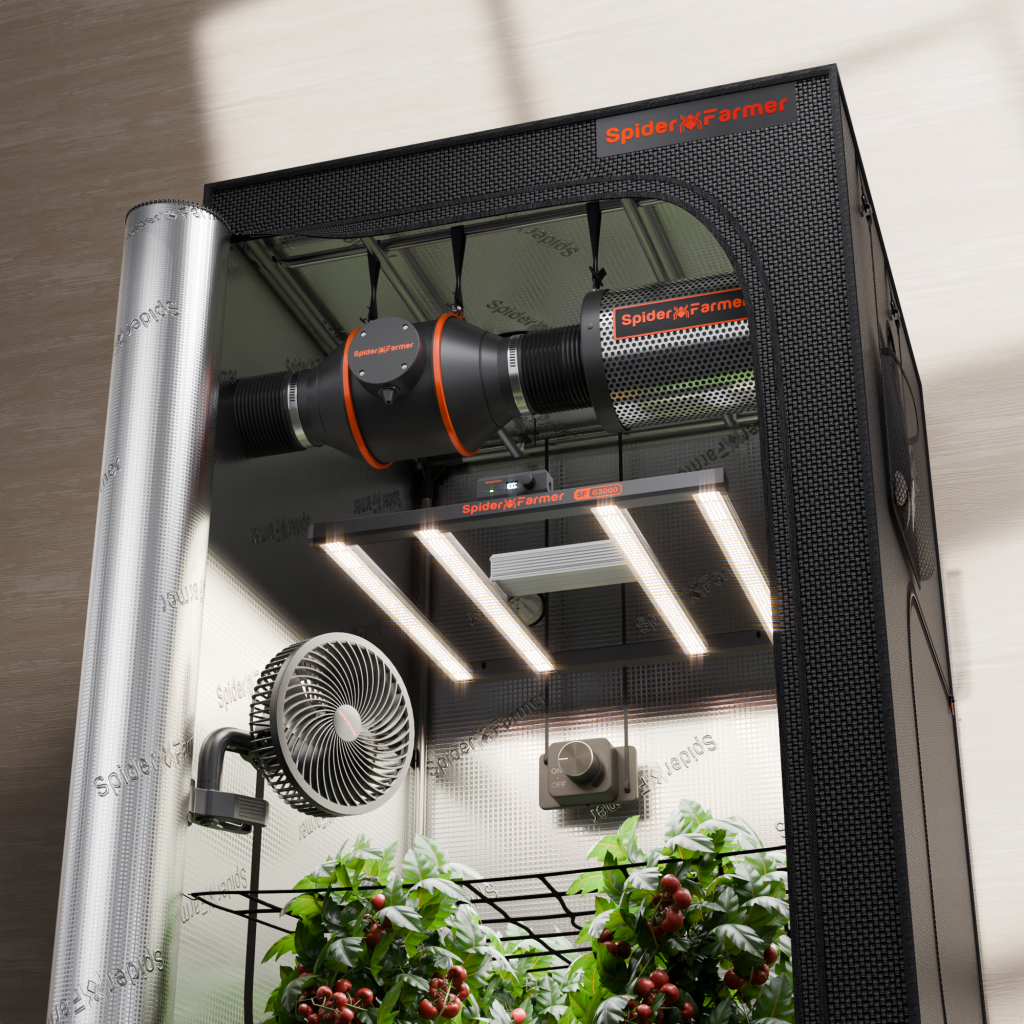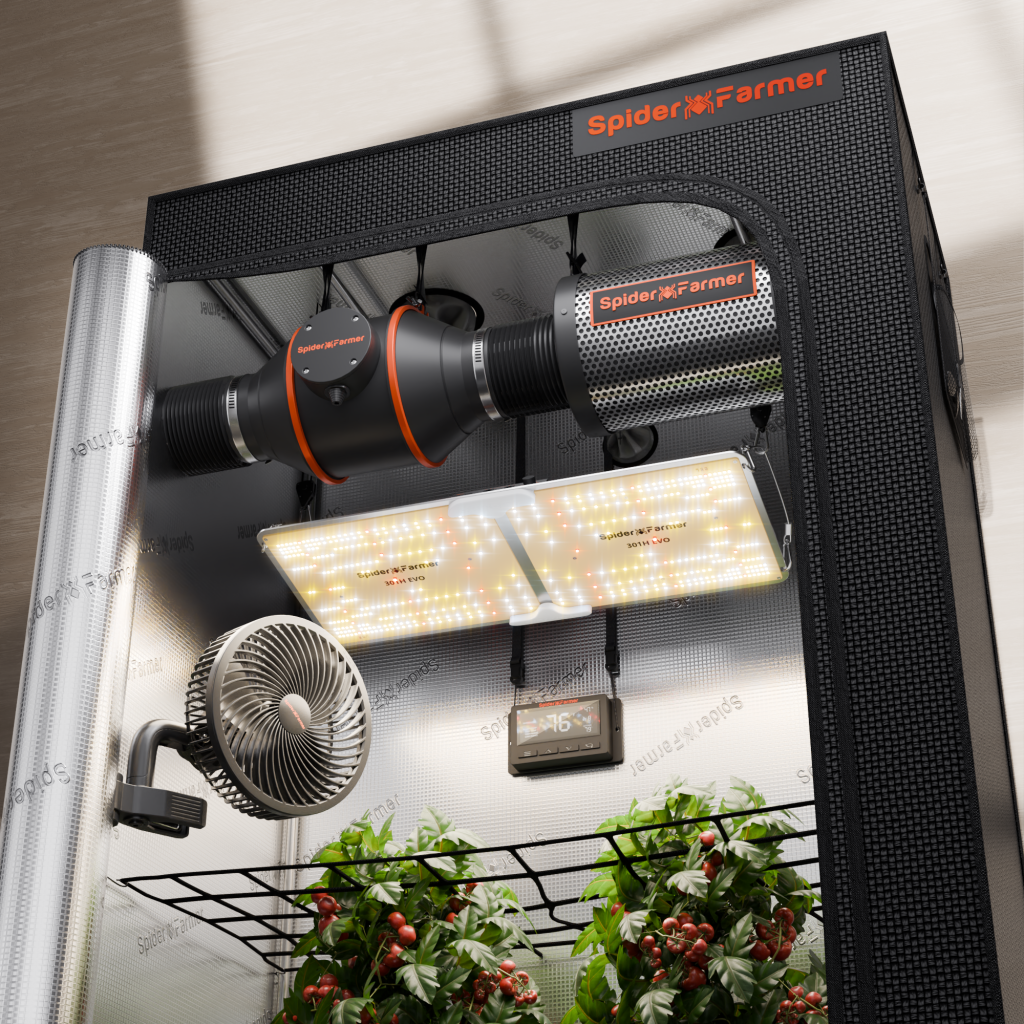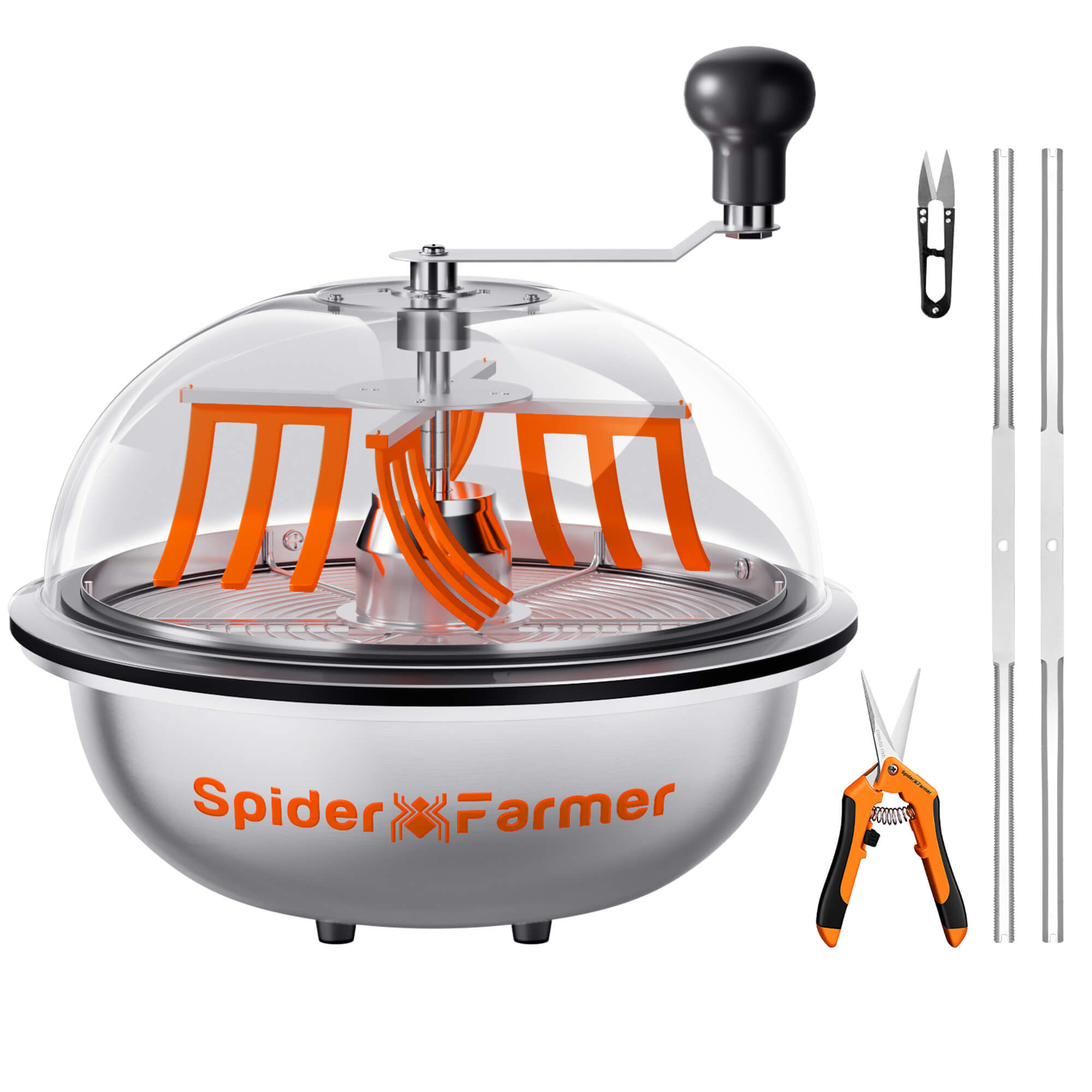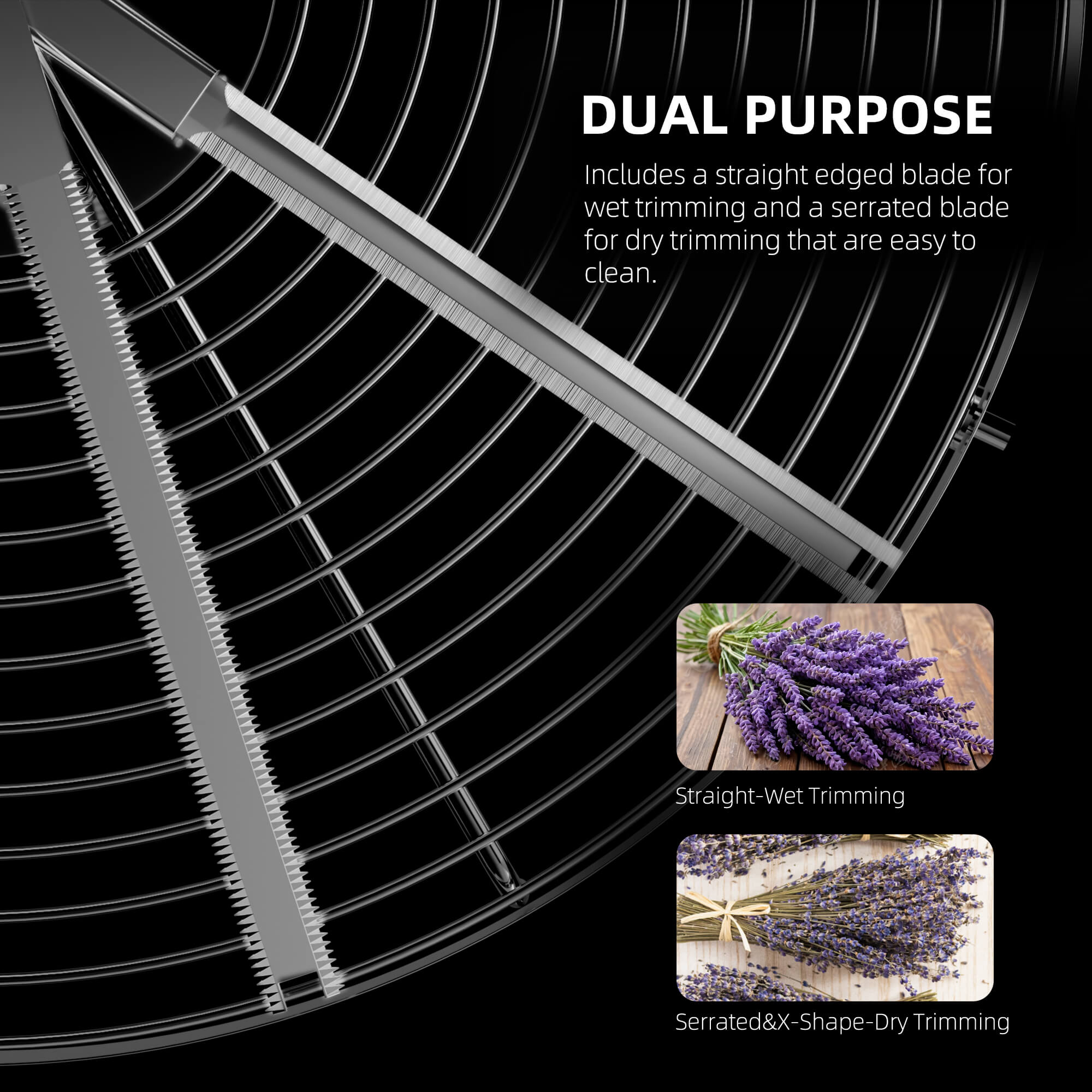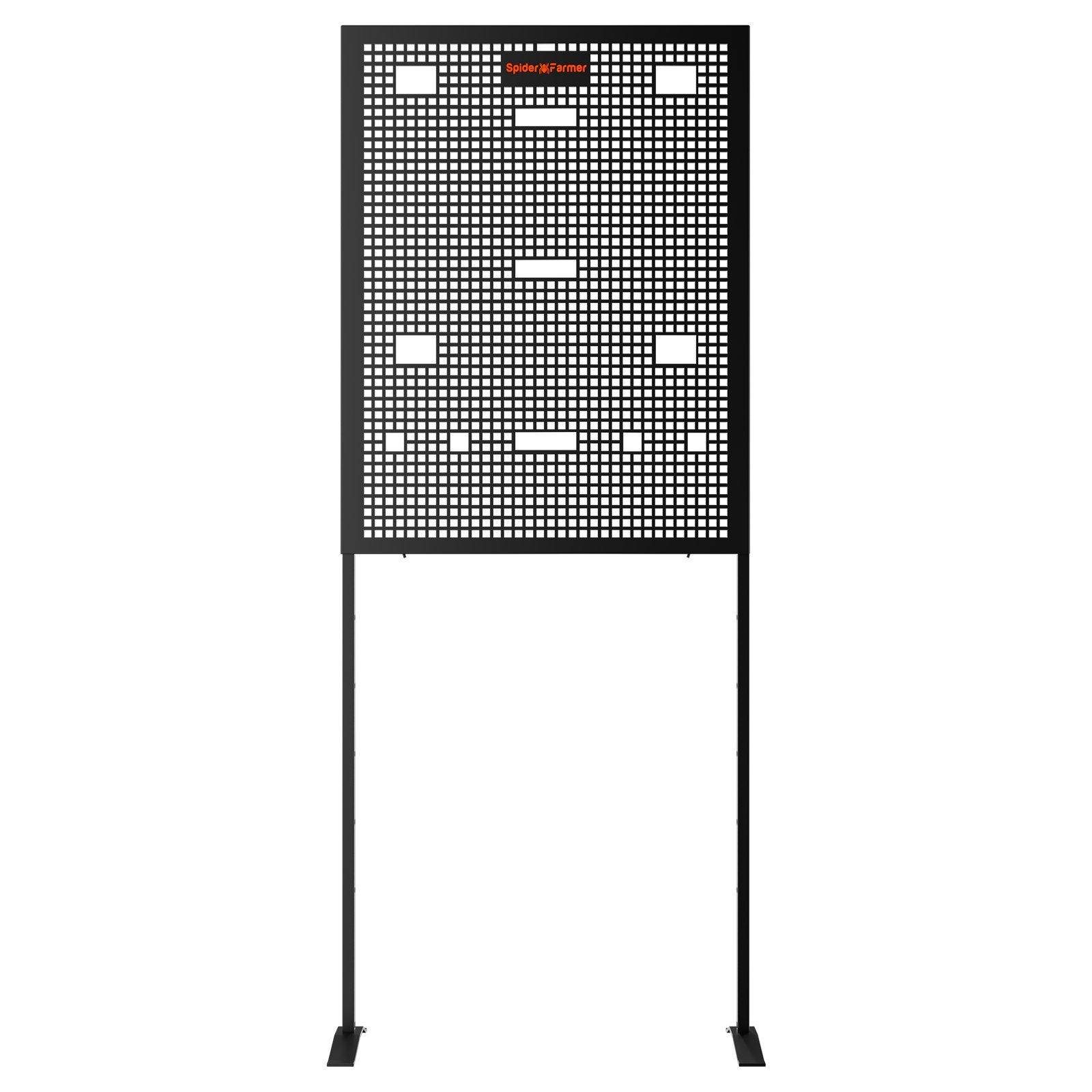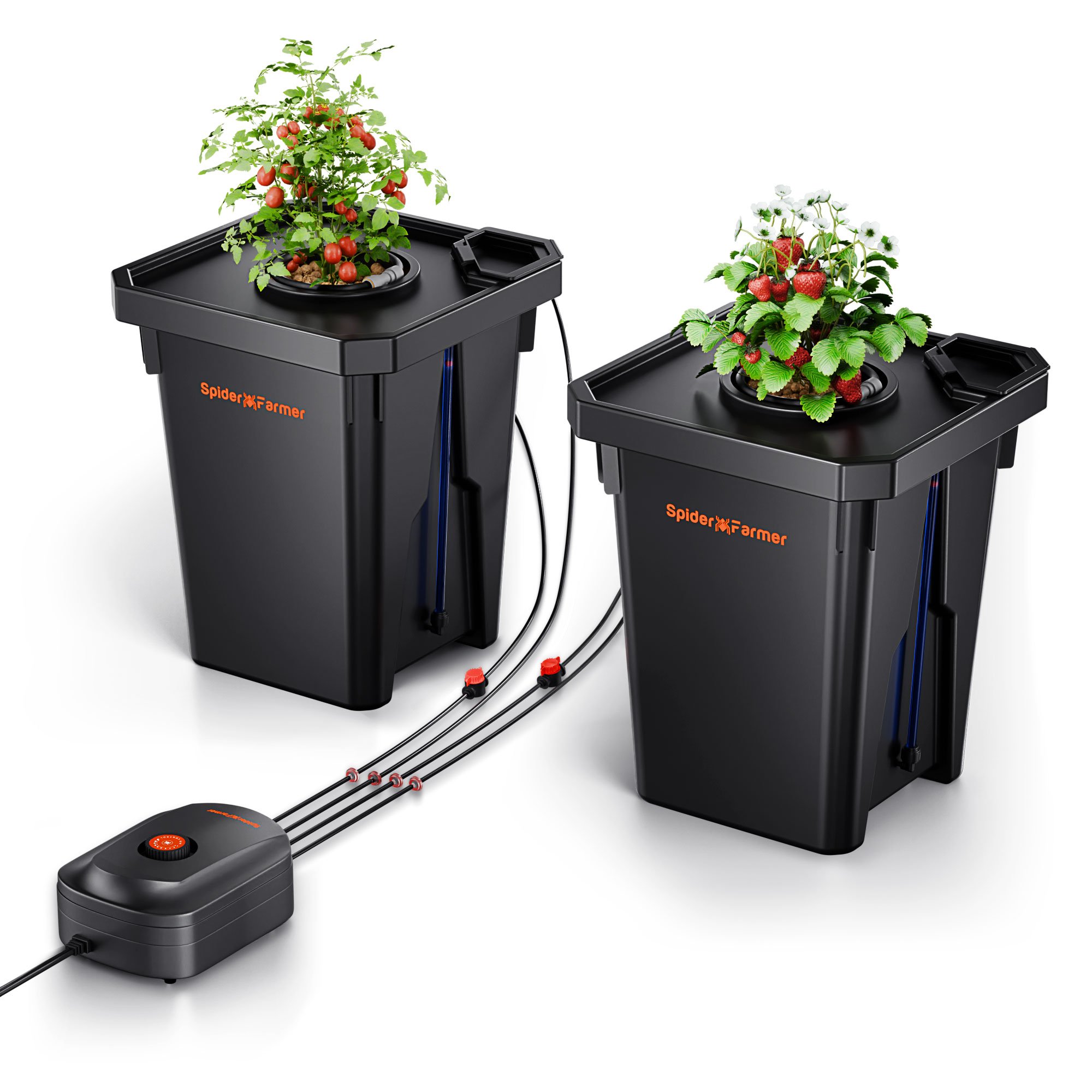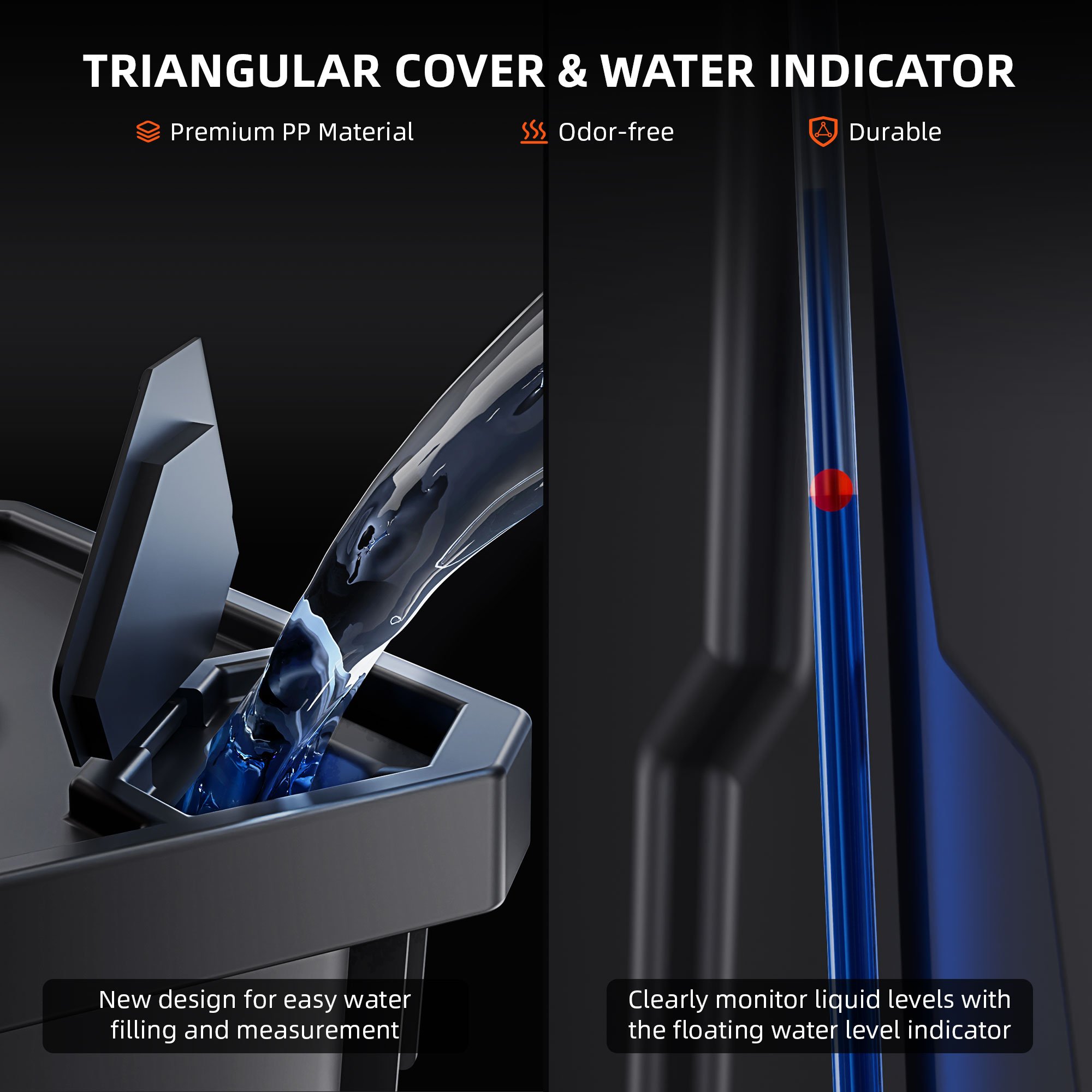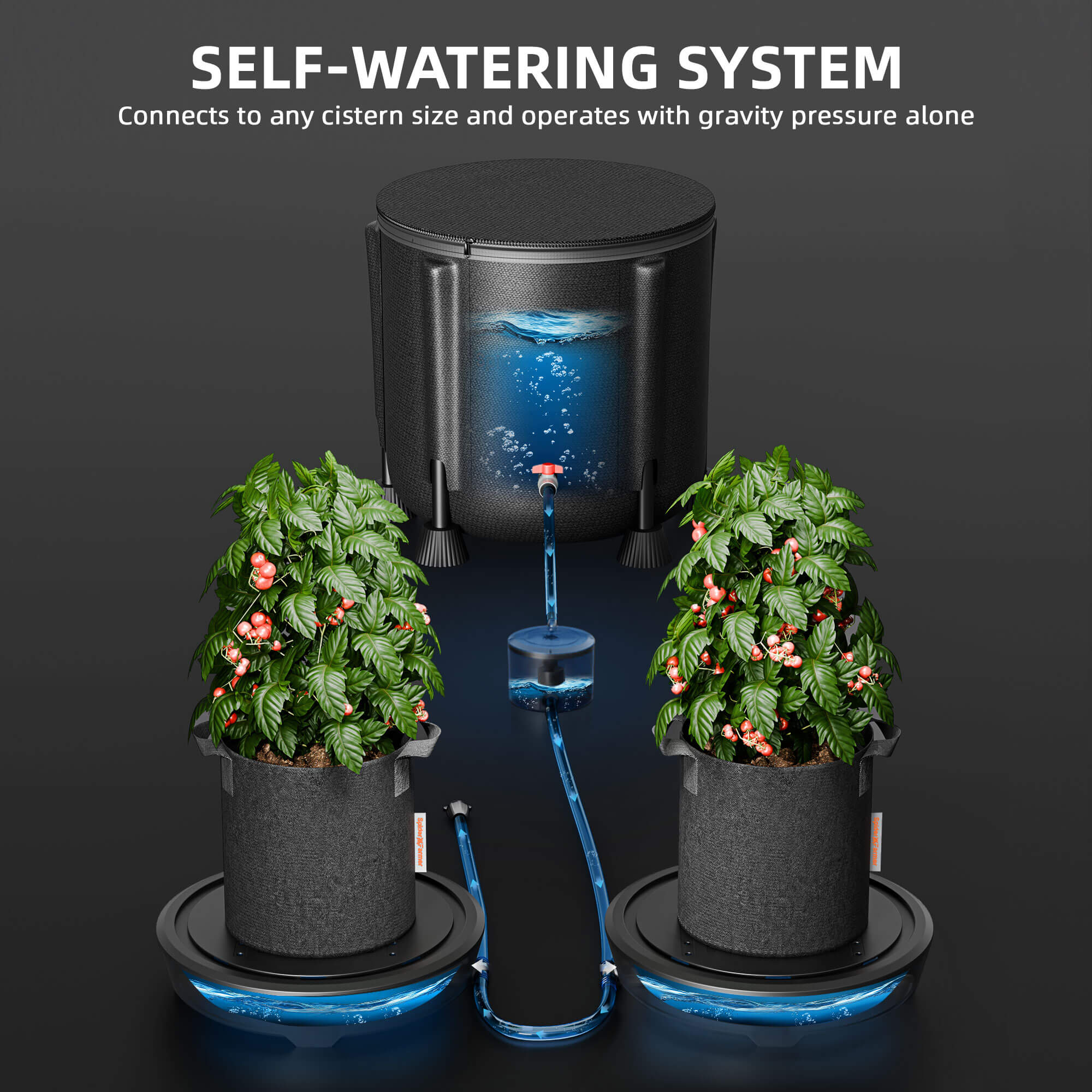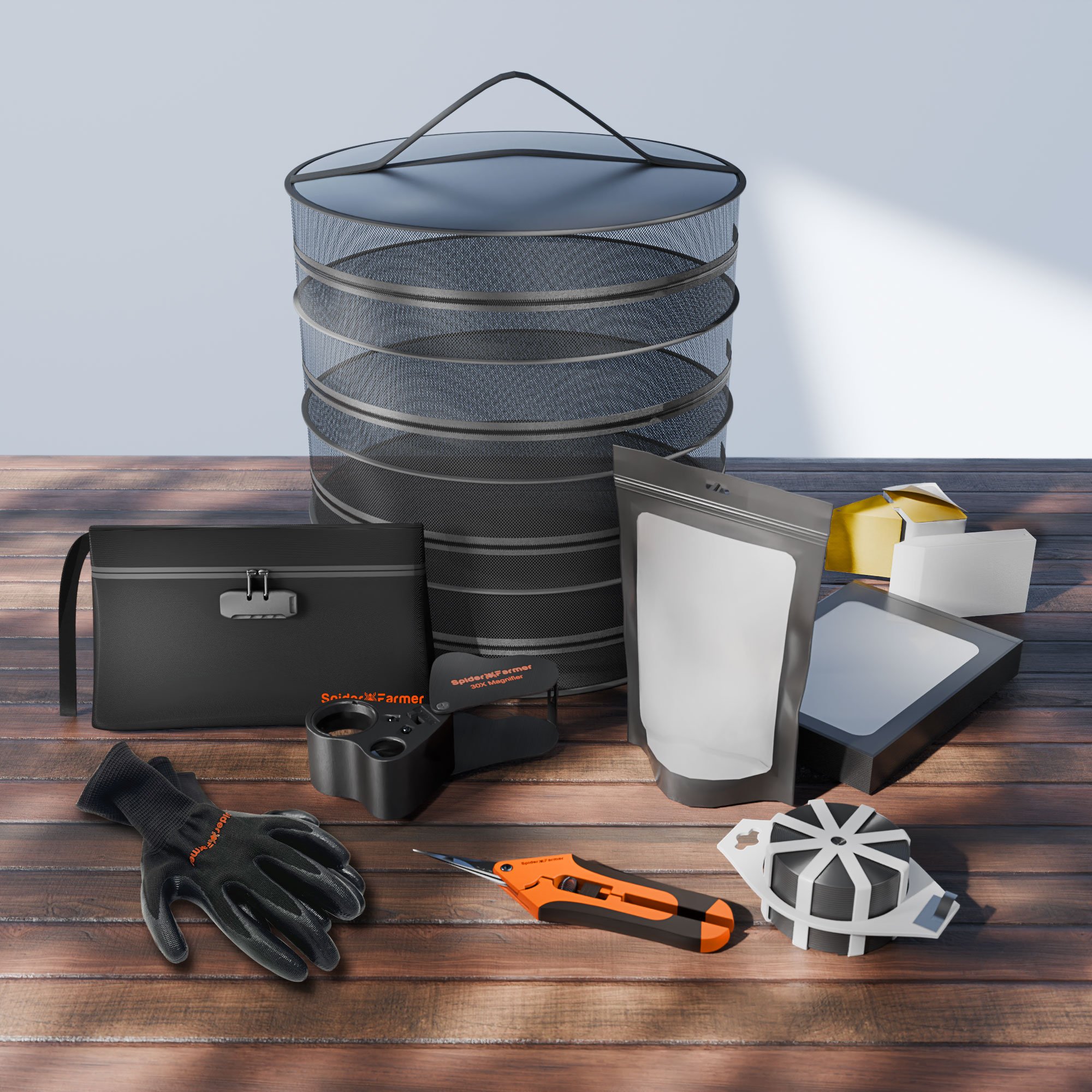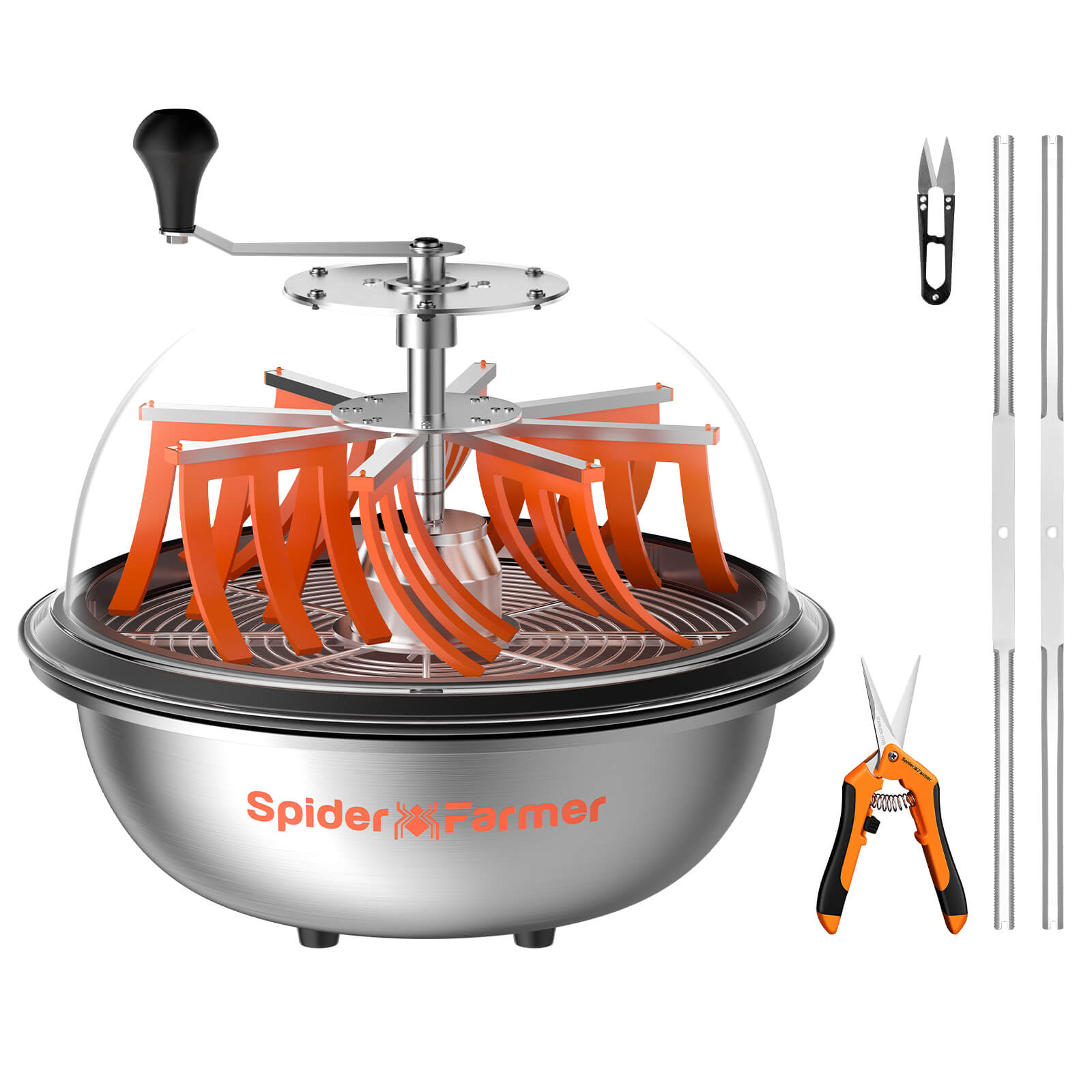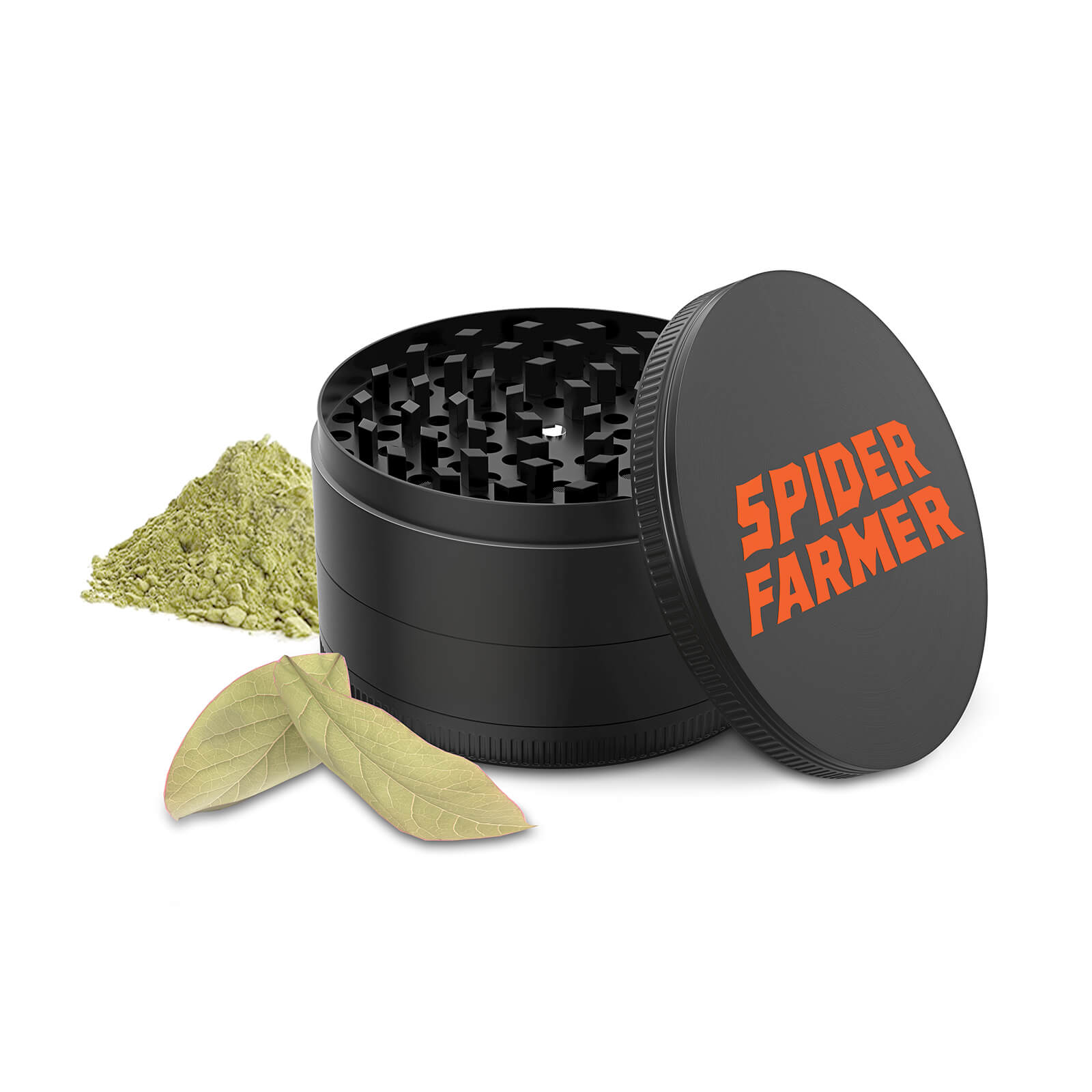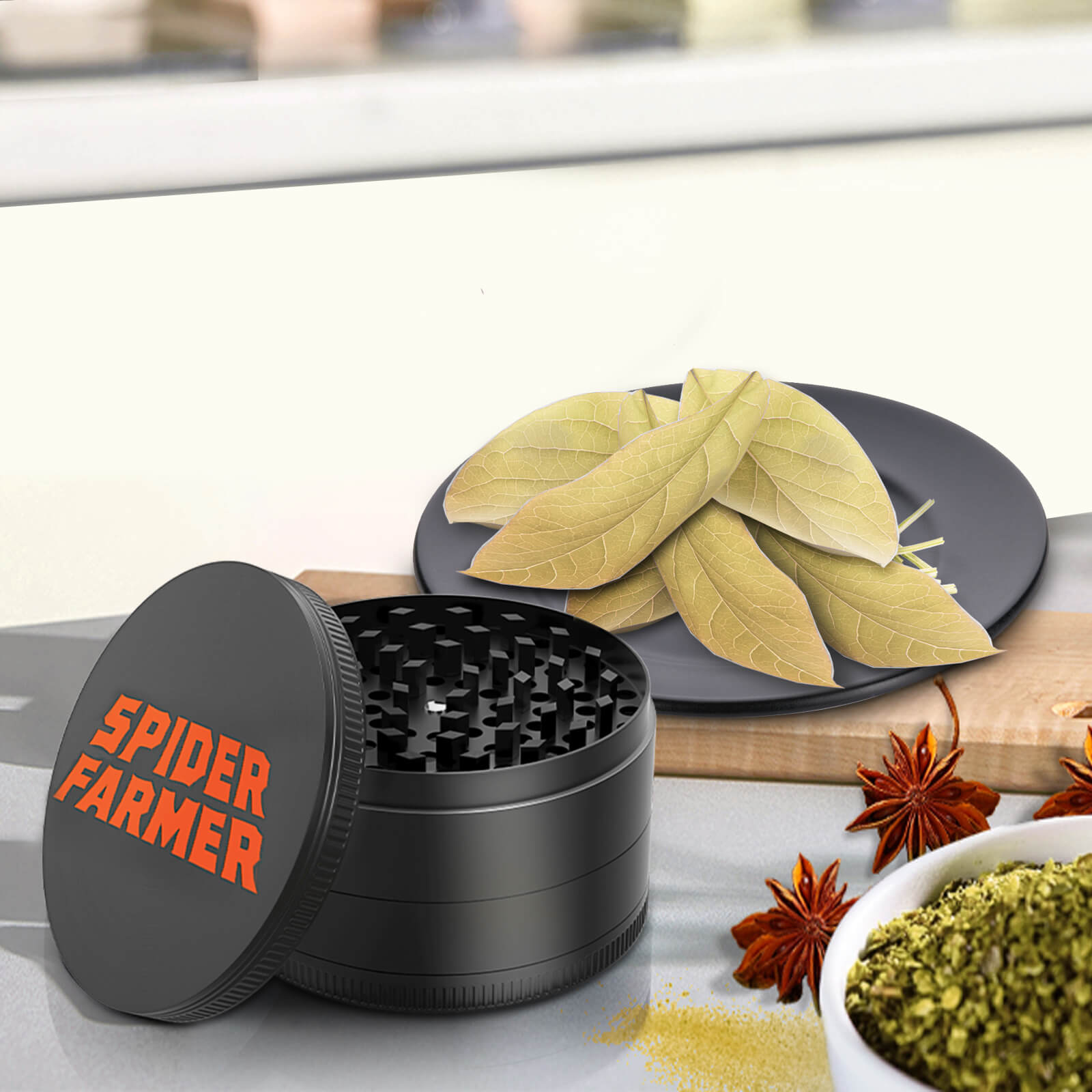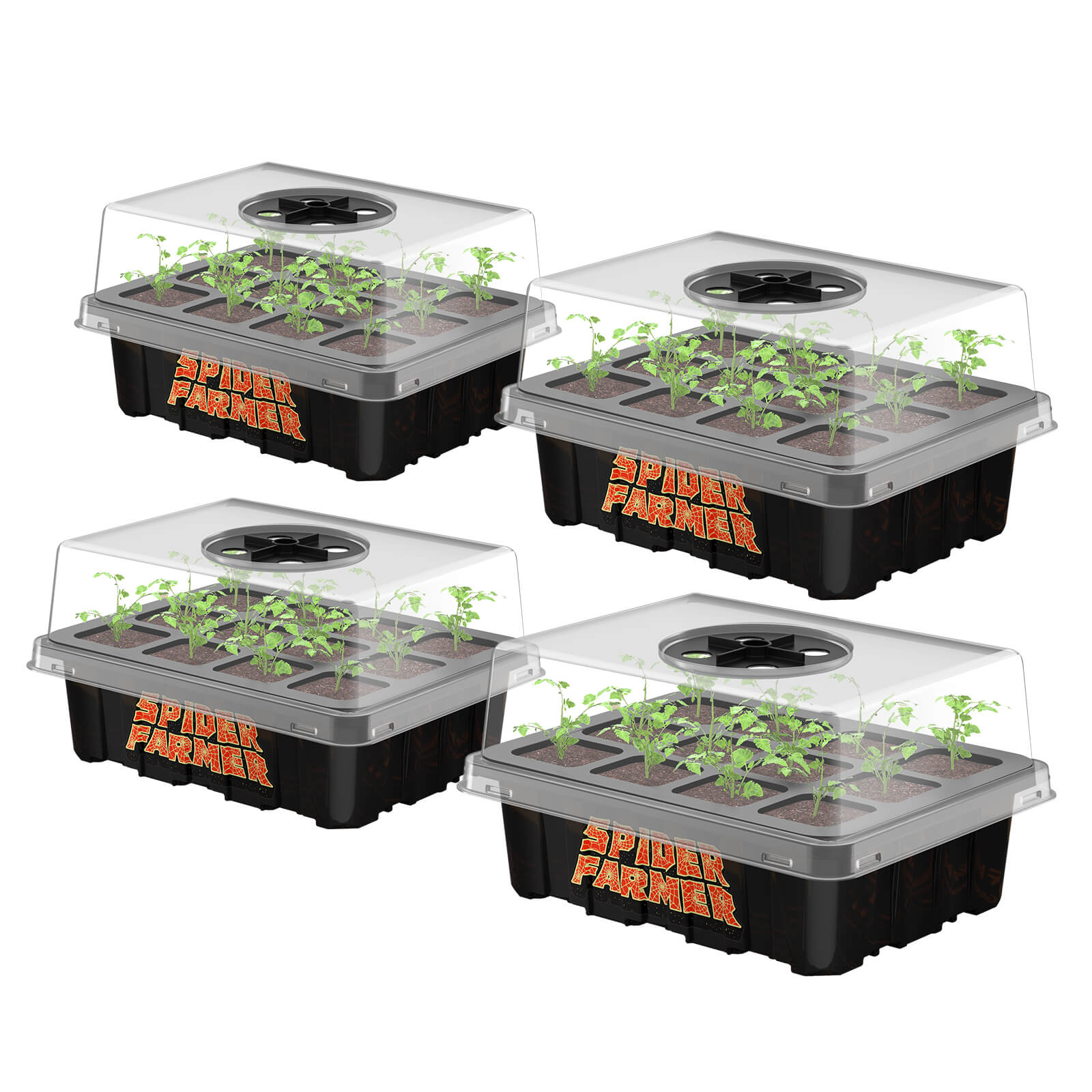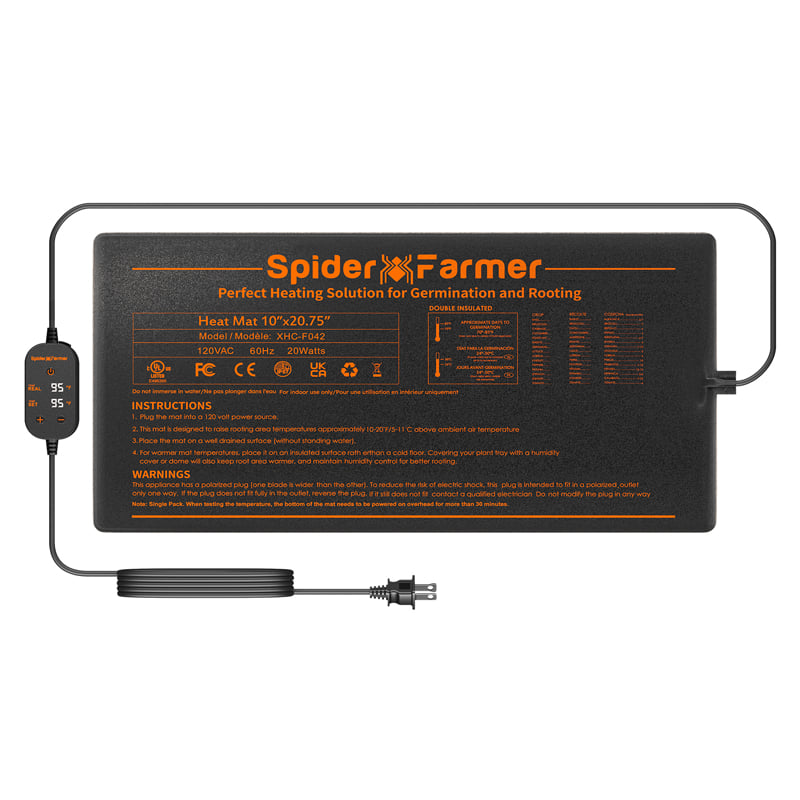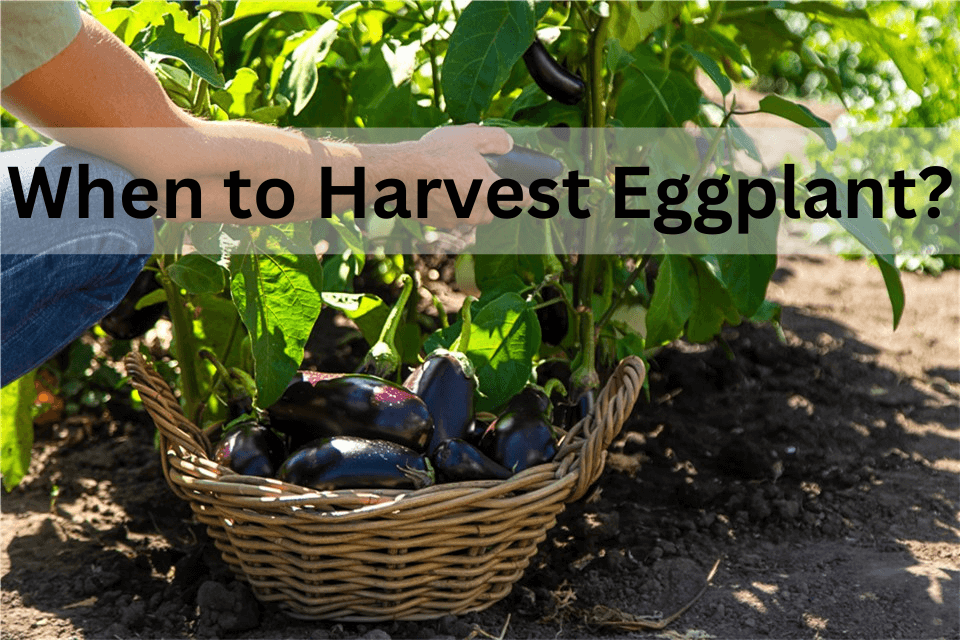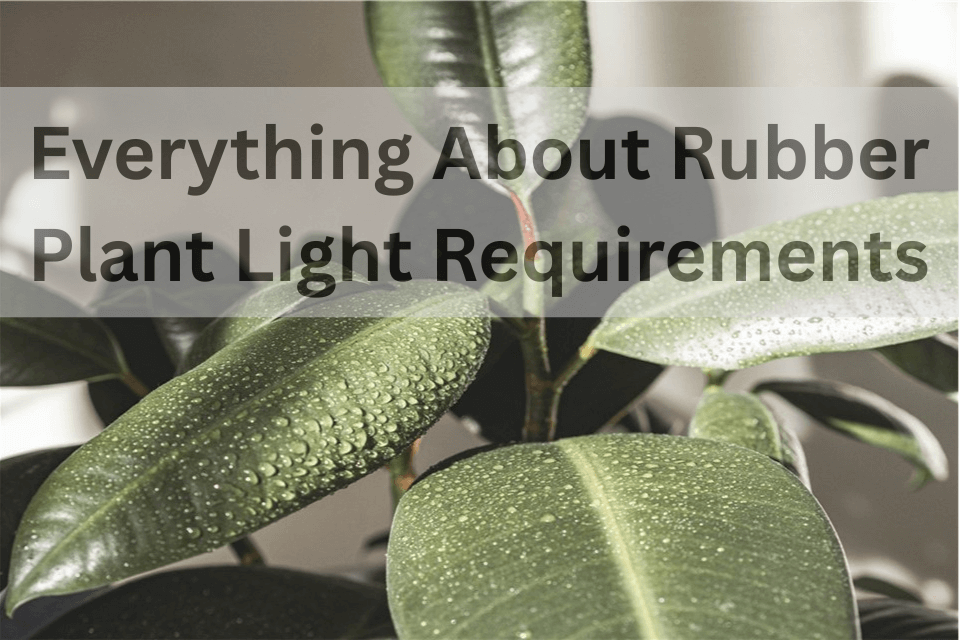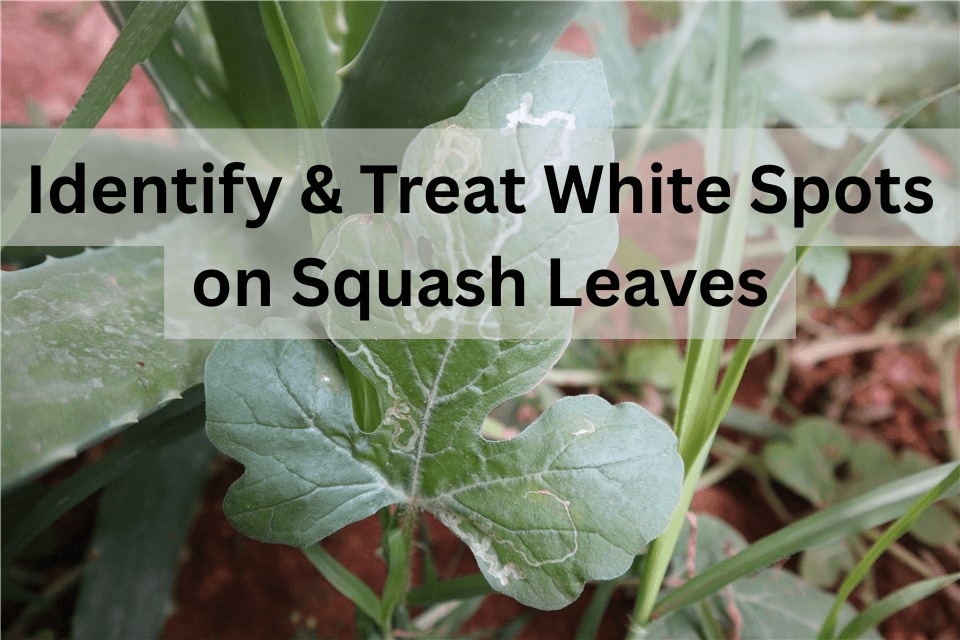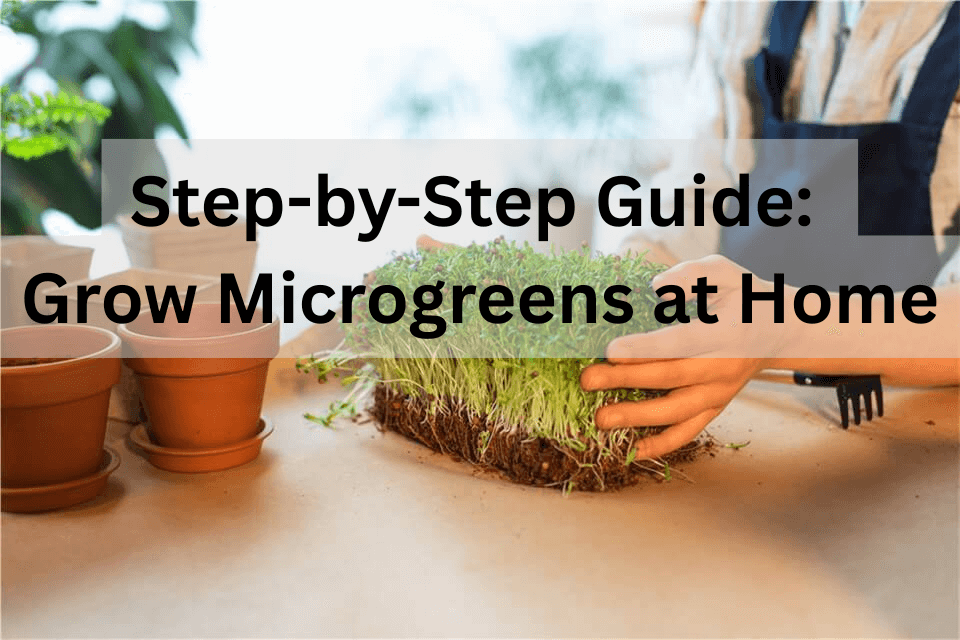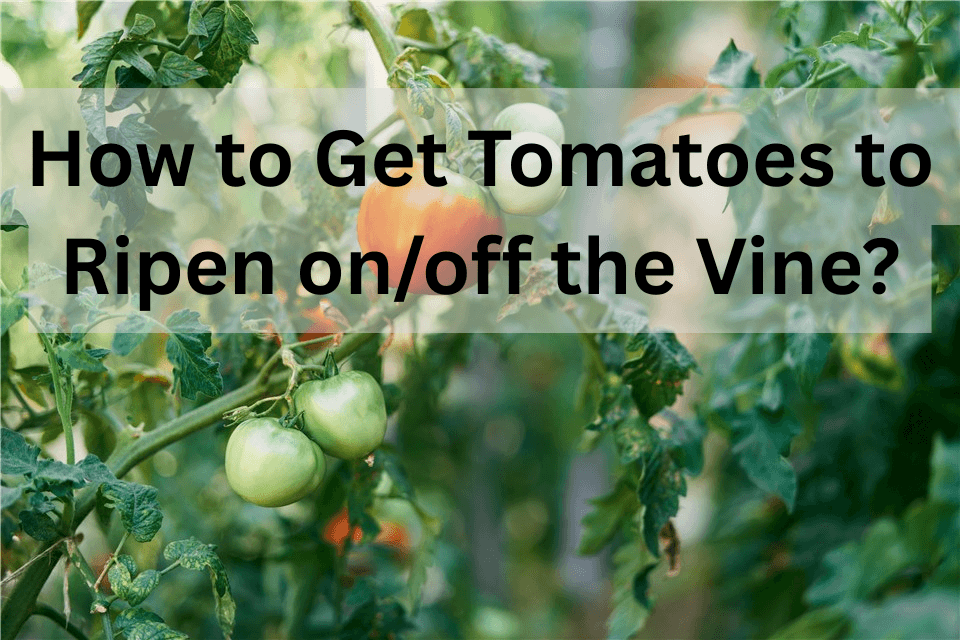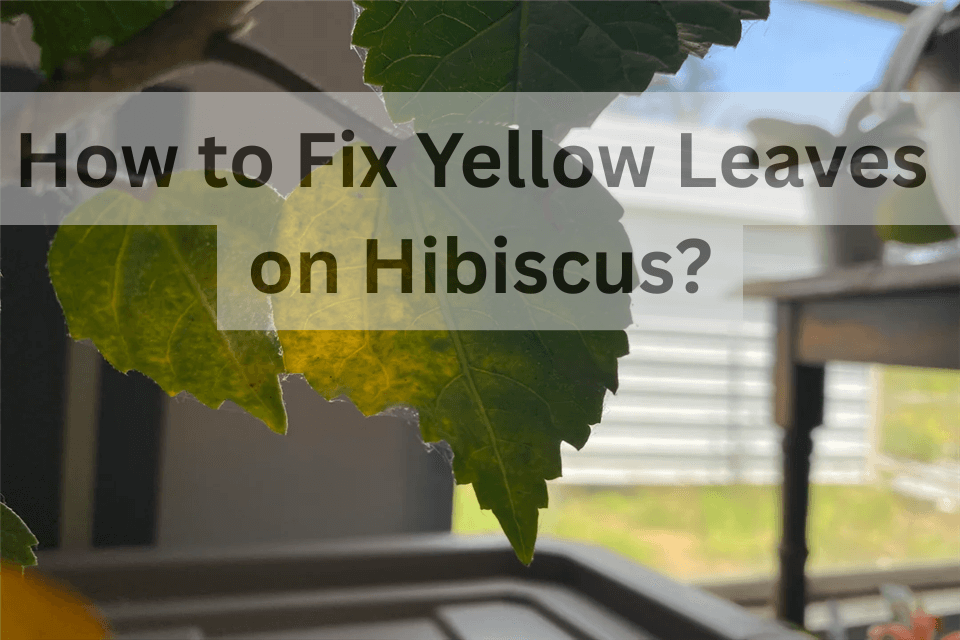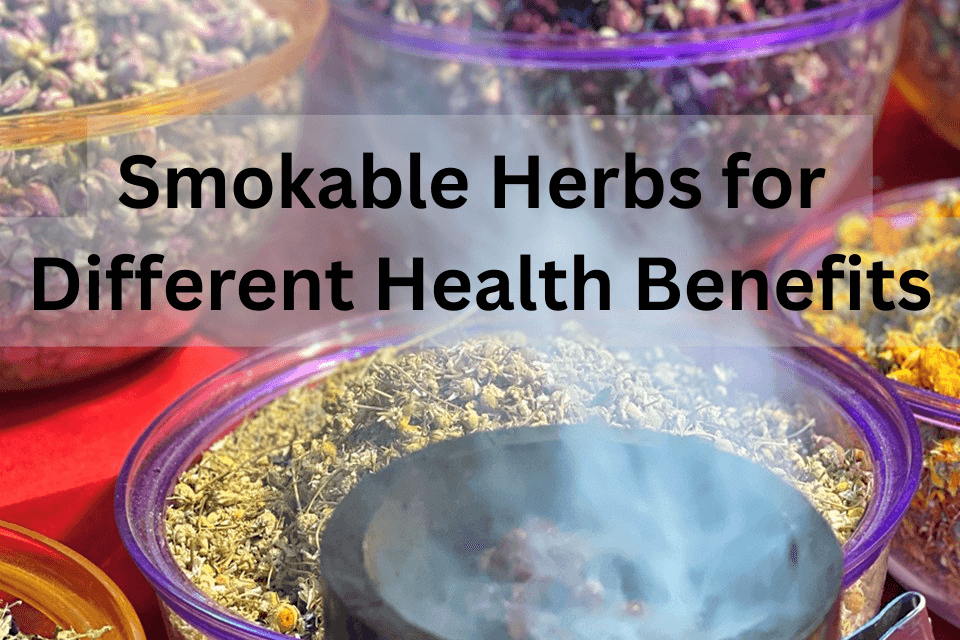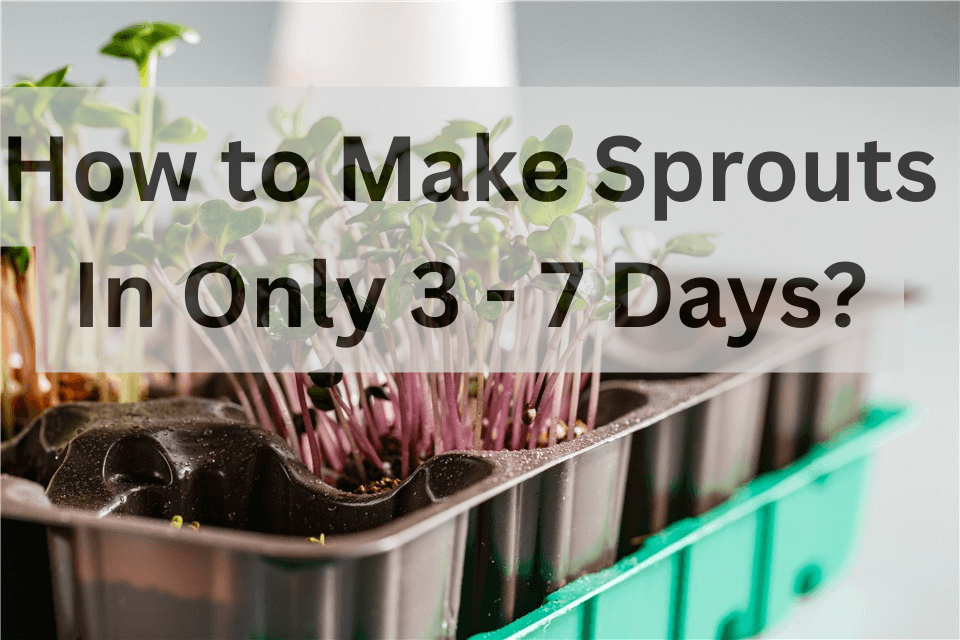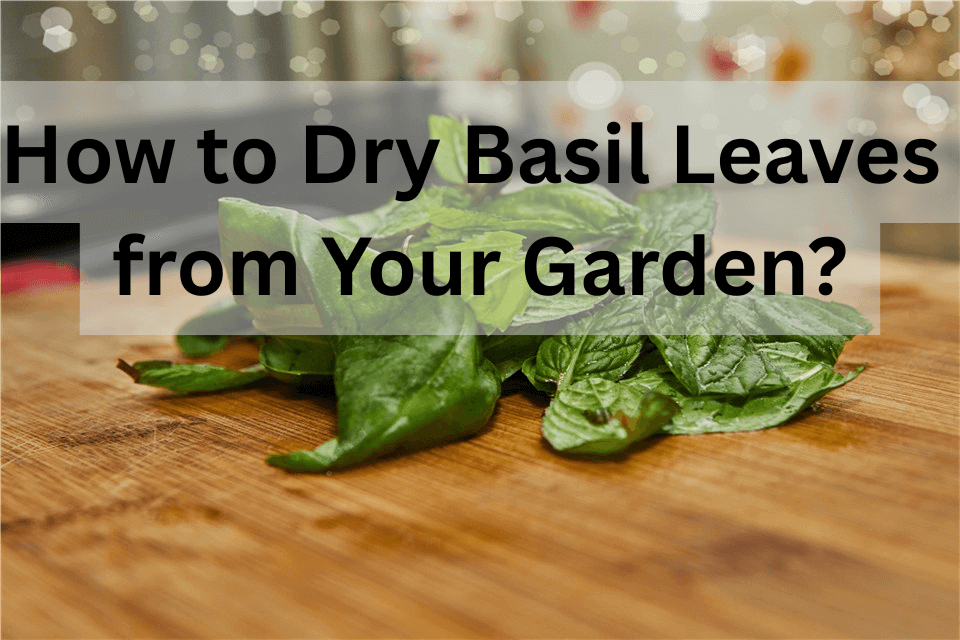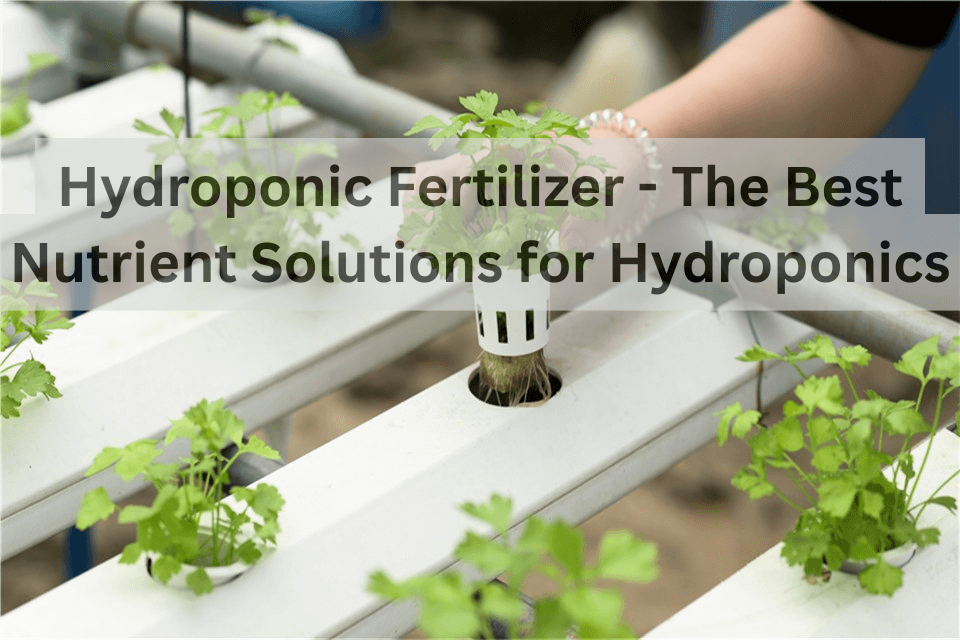Eggplant is a versatile and nutritious vegetable that can add a rich flavor to various dishes. Whether you’re growing eggplants in your garden or for commercial purposes, you should harvest eggplants at the peak of their ripeness. By understanding the signs of maturity — such as color, firmness, and size, you can enjoy the yummiest eggplants and encourage the plant to produce more fruit.
Then, here comes the question - when to harvest eggplant and how to know when to pick eggplant. You are not the only grower to ask the same questions. In this article, we'll explore the key indicators of ripeness, the best time to harvest, and the proper techniques to ensure your eggplants are picked at their prime.
Let’s get started with eggplant growth stages, and figure out how to identify if they are ready to harvest.
Table of Contents
How Long Does it Take Eggplants to Grow?
Typically, it may take 70 to 85 days from planting to harvest eggplants. Along with its growth, you can make sure they receive enough light with LED Grow lights.
Here is a breakdown of the eggplant growth stages from germination to harvest:
- Seed Germination: 7 to 14 days - eggplant seeds usually germinate within this period when keeping plants in warm, moist conditions.
- Seedling Stage: 4 to 6 weeks - after germination, seeds will develop their first true leaves and need plenty of light and warmth. If there isn't enough light, you can use supplemental lighting.
- Transplanting: When you find the seedlings are above 6 inches tall, you can transplant them outdoors. This usually occurs 6 to 8 weeks after sowing seeds.
- Growing Stage: 6 to 8 weeks - after transplanting, eggplants will continue to grow and develop more leaves and flowers.
- Flowering and Fruiting: 3 to 4 weeks - flowers appear, and once pollinated, they develop into fruit. The time from flowering to mature fruit varies but generally takes several weeks.
- Harvesting: Once the plant reaches maturity (typically 6 to 8 inches long), it’s ready to harvest eggplants.
How Big Should I Let Eggplant Get?
Underripe eggplants typically have a greenish hue and may appear smaller than their mature counterparts. Their skin is often less glossy and may feel slightly rubbery to the touch. When cut, underripe eggplants reveal a firm, white flesh with a less developed seed cavity. In contrast, a ripe eggplant should have a deep, rich color — usually a glossy purple or black, depending on the variety. The skin should be smooth and slightly yielding to gentle pressure. When cut, a ripe eggplant will have a tender, moist flesh with a well-developed seed cavity.
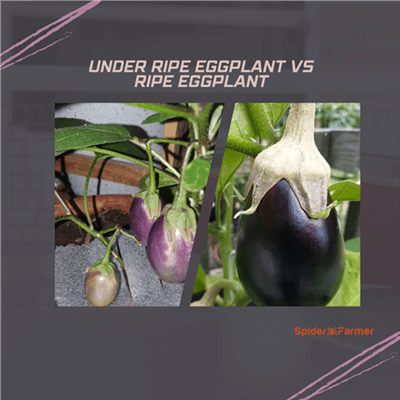
Underripe Eggplant Vs Ripe Eggplant
The ideal size for harvesting eggplant depends on the specific varieties you grow.
- Standard Varieties: Most standard varieties are ready to harvest when they reach about 6 to 8 inches in length. At this size, the skin is glossy and firm, and the flavor is at its best.
- Italian and American Varieties: These types can grow to about 8 to 12 inches in length. They are often harvested when they reach this size for grilling or roasting, as they provide a meaty texture.
- Smaller Varieties: Some smaller varieties, like Japanese or Chinese eggplants, are best harvested at 4 to 6 inches in length. These are ideal for sautéing or stir-frying because they cook quickly and evenly.
When to Pick Eggplant?
Most eggplants are ready to harvest when it’s 60 to 90 days after sowing, or 65 to 80 days after transplanting. Typically, eggplants are ready for pick from mid-summer to early fall. In warmer climates, this might be from July to September.
There are some visual and tactile cues to help you know when to pick eggplant:

When to Pick Eggplant?
- Color and Sheen: The skin should be shiny and have a consistent, deep color. For most varieties, this means a rich purple, but some may be white, green, or yellow.
- Size: The size varies by variety, but generally, they should be about one-third of their maximum size. Standard varieties are often ready at 6-8 inches in length, while smaller varieties like Japanese eggplants may be ready at 3-5 inches.
- Firmness: Gently press the skin with your thumb or fingernail. If it yields slightly and then bounces back, the eggplant is ready to pick. If it remains indented, it needs more time.
When to Pick Mini Eggplant?
Compared with other eggplant varieties, Mini eggplants generally mature faster than larger varieties, often within 55 to 70 days. It’s best to pick mini eggplant when they are still small and firm. Typically, it should be around 3-4 inches.
By looking at the visual and tactile signs of harvesting mini eggplant, you can keep track of the days since planting or transplanting to ensure you don’t miss the optimal harvest window.
- Color and Sheen: The skin should be glossy and have a deep, consistent color. For most mini eggplants, this means a rich purple, but there are also white and green varieties.
- Size: Mini eggplants are usually ready to be harvested when they reach about 3 inches in length. They should be plump and firm.
- Firmness: Gently press on the skin with a fingernail. If the skin bounces back, the eggplant is ready to pick. If the indentation remains, it needs to grow over time.
When to Pick Black Beauty Eggplant?
Usually, it’s ready to harvest Black Beauty eggplant between 70 and 80 days after transplanting. This can vary slightly depending on growing conditions. This may vary slightly on growing conditions but normally you can harvest ripe eggplants every 3-4 days during the peak of the growing season to encourage continuous production. Additionally, you should avoid the overripeness of eggplants - if the eggplant starts to turn yellow or brown, it is overripe and will have a bitter taste.
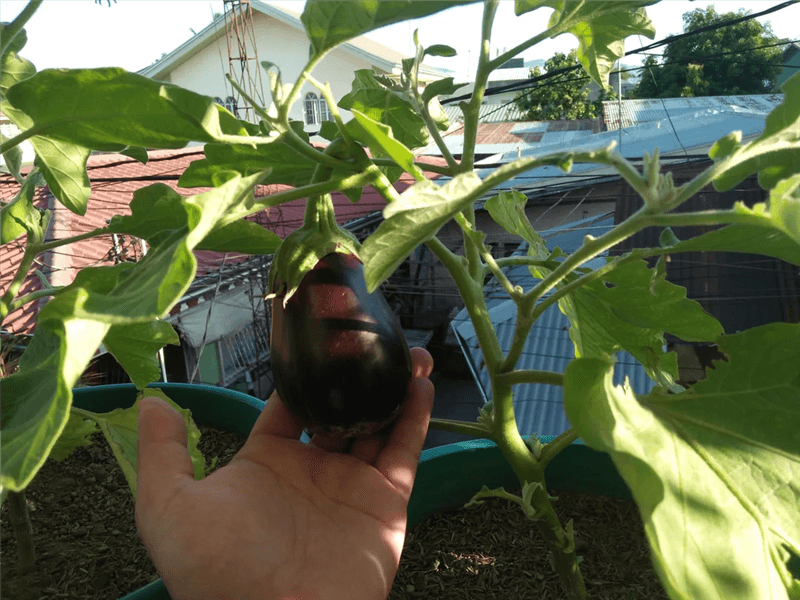
When to Pick Black Beauty Eggplant?
To help you know when to pick an eggplant, we focus on some visual and tactile cues:
- Size: Black Beauty eggplants are typically ready to harvest when they are about 6-8 inches in length.
- Color: The skin should be a deep, glossy purple with minimal green hues remaining.
- Firmness: Gently press the skin with your finger. If it springs back and feels firm with a slight give, it is ready to be harvested.
- Stem: The stem should be dry and brown, indicating that the fruit has matured.
How to Harvest Eggplant?
After learning when to harvest eggplant, you may wonder how to harvest eggplant. Whether you seek to grow them in your garden or a small urban plot, you can refer to some basic steps to harvest eggplant.
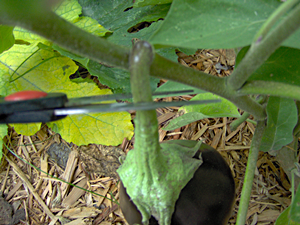
How to Harvest Eggplant?
- Firstly, you should prepare a sharp knife or pruning shears and a basket or container to collect the eggplants.
- Harvest eggplant in the early morning when the sun is not too hot. This helps prevent wilting and preserves freshness.
- Hold the eggplant gently in one hand. On the other hand, use the shears to cut the stem about an inch above the eggplant. Avoid pulling the fruit off, as this can damage the plant and reduce future yields.
- As eggplants are delicate and can bruise easily, you should place them in a basket or container lined with soft material to cushion them during transport. Meanwhile, avoid stacking them too high to prevent crushing.
- After harvesting the eggplant, store eggplants in a cool, dry place.
FAQs About Harvesting Eggplant
By the end of the post, we’ll thoroughly address and provide clear answers to several important questions regarding the harvesting of eggplant. Whether you’re growing eggplant for personal use or larger-scale production, you can have a deeper understanding of harvesting eggplant.
Can you leave eggplant on the vine too long?
Yes, you can leave eggplant on the vine too long but you are not suggested to do so. Leaving eggplant growing for too long will lead to over-ripening, which make your eggplant taste bitter. This isn’t desirable for cooking. Besides, leaving them on the vine for too long can divert the plant's energy from producing new fruit, potentially reducing overall yield. Thus, it’s best to harvest eggplants when they are firm, glossy, and have reached their optimal size for the specific variety.
Does eggplant continue to ripen off the vine?
No, eggplants do not continue to ripen off the vine. Unlike some fruits that can ripen further after being harvested, eggplants are best picked when they are already ripe. Once removed from the vine, they do not develop additional sweetness or softness. Instead, they may start to deteriorate if not used promptly. To ensure the best flavor and texture, it’s important to harvest eggplants at the right time and store them properly until you’re ready to use them.
Is it okay to eat under ripe eggplant?
Yes, it’s OK to eat underripe eggplant, though, the texture and flavor may be less desirable. Underripe eggplants tend to be firmer and can have a slightly bitter taste compared to fully ripe ones. However, they are still edible and can be cooked in various ways to make them more palatable.
Should you store eggplant in the fridge or counter?
You can store eggplant on the counter at room temperature for a day or two to maintain its natural flavor and texture. However, if you need to keep it longer, the fridge is a better option. Storing it in the fridge can extend its shelf life to about a week. Place the eggplant in a plastic bag with a few holes for ventilation to prevent it from becoming too moist and developing mold.
Conclusion
If you want to enjoy the best flavor and texture of eggplants, you should remember when to pick eggplants. By identifying the factors of maturity, you can figure out the best time to pick an eggplant. Besides, remember to handle the ripen eggplants with care to avoid bruising and to store them properly for optimal freshness.


